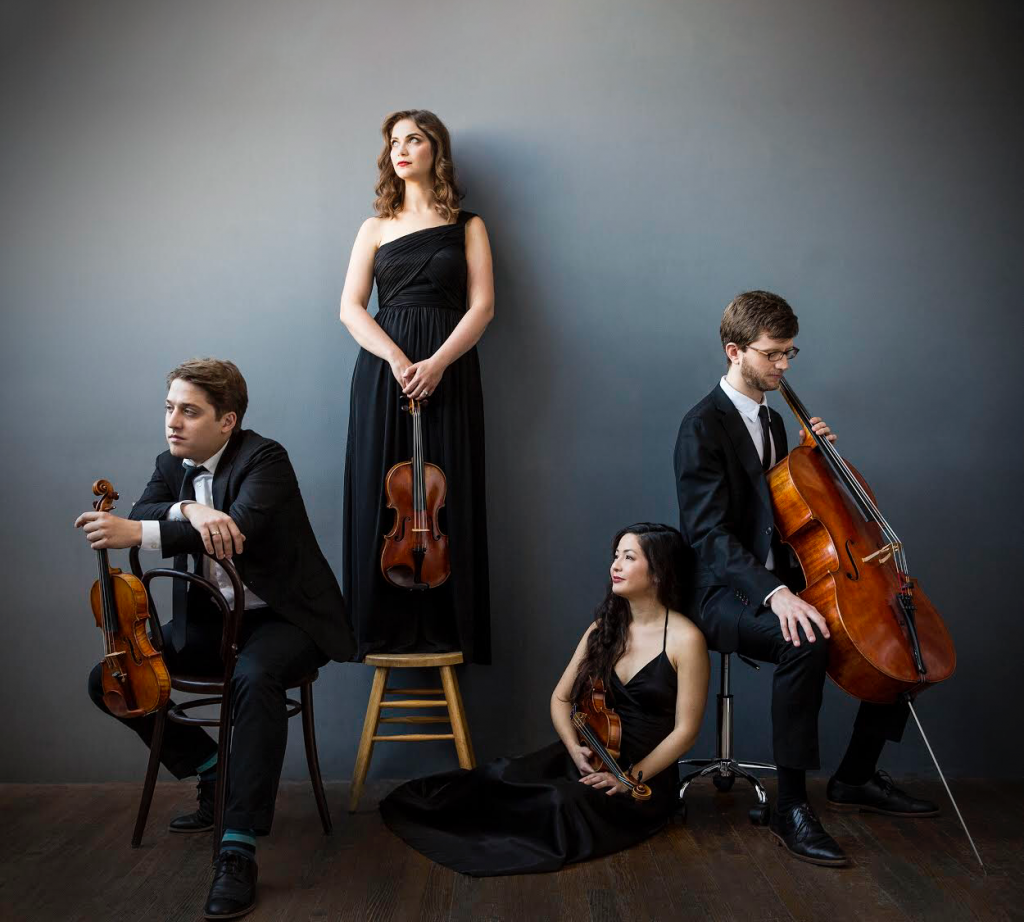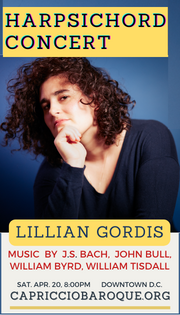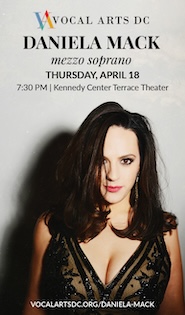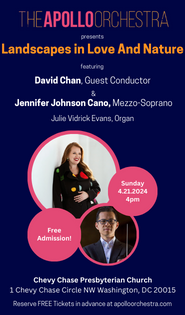A dual hymn to the modern in quartet and dance concert at Freer|Sackler

The Aeolus Quartet performed at the Freer|Sackler Saturday night.
The Meyer Concert Series at the Freer|Sackler is back in its beautiful, intimate hall for a second season after an extensive renovation completed in 2017. In connection with the museum’s exhibit of modern Japanese prints and photography, the Aeolus Quartet performed a program surveying the 20th-century string quartet literature. In a gesture evoking the interdisciplinary atmosphere of Tokyo’s Sogetsu Arts Center, they invited two members of the Mark Morris Dance Group to perform original choreography for two of the pieces.
Though the musical selection ranged from sugary neo-tonality to more discordant asperities, the ensemble’s clean intonation and collaborative spirit showed everything in the best light. Dense, dissonant homophony in Akira Miyoshi’s String Quartet No. 3 (“Constellation in black”) was frenetic and strident, enlivened by contrapuntal lines on which each voice rocketed out of the tumult. Regular shifts of texture sustained interest until the piece evaporated in a mist of harmonics and ethereal notes.
Toru Takemitsu’s embrace of musical styles roamed widely, including a delightful arrangement of Autumn Leaves, the jazz standard by Joseph Kosma. First violinist Nicholas Tavani took much of the melody in this tasty miniature, but violist Caitlin Lynch gave deep, chocolate-rich voice to the most famous phrases. Takemitsu gave the piece his own distinctive twist, true to the music’s origins but never merely quoting it.
This Japanese filtering of American jazz, itself marinated in Kosma’s European sphere, paired attractively with Henry Cowell’s String Quartet No. 4 (“United”). The eclectic composer here attempts to create a musical style uniting different aspects of world music. Dance and folk music rhythms permeate the piece: something akin to flamenco in the lopsided 5/4 meter of the first movement, Middle Eastern folk song in the second, Indian music in the fourth. Col legno bow strikes and drumming on the bodies of the instruments, especially in Rachel Shapiro’s second violin part, created a percussive accompaniment.
The world-searching ethos of the Japanese avant-garde was even reflected in Osvaldo Golijov’s Tenebrae. The composer brought his musical sensibility, with its klezmer and Argentine roots, to bear on harmonic progressions lifted from Couperin’s Troisième Leçon de Ténèbres. Golijov tends to recycle his musical borrowings more than process them, but the quartet drew exceptional beauty from the piece, especially the languid solos of cellist Alan Richardson.
For the last piece of each half, the quartet moved to seats on the floor near the audience, leaving the small stage to dancers Lesley Garrison and Billy Smith. To go with Takemitsu’s harsh, barren Landscape I for string quartet, the pair performed a “structured improvisation” called Dune. This choreography reflected the music’s uncompromising style, which the composer directed be played with absolutely no vibrato. For much of the piece, the two dancers, costumed in white, moved in seeming unawareness of the other, until at unpredictable moments they suddenly aligned their movements, a moment of visual comity.
The element of dance heightened the experience of Philip Glass’s String Quartet No. 3 most of all. Derived from a film about Japanese writer Yukio Mishima, the six movements retain the feel of episodic score cues, something that the lithe movements of Garrison and Smith helped to bring together. The pair’s choreography, called Six Dances, here showed more recognizable tributes to Mark Morris, including walking and running movements and an innate musicality.
Where the first choreography had been about disjunction or alienation, this choreography showed the two bodies, now costumed in black, more in support of one another. To the quartet’s rippling arpeggios and other repeated figures, ricocheting like wave patterns in a pond, Garrison and Smith skipped and romped together in the fast movements. Their movements turned more liquid and undulating in the slower passages, but the overall impression the performance left was of joy in togetherness, climaxing with the two dancers spinning together, arm in arm.








Posted Dec 05, 2018 at 2:08 pm by Joe Wargo
Bravo Aeolus quartet! Esp the deep chocolate-rich voice of Caitlin Lynch’s viola in one of my favorite standards, “Autumn Leaves”, and the languid cello solos from Alan Richardson in the Golijov! A challenging program. How long did you have to prepare these contemporary works? Sorry I missed it.